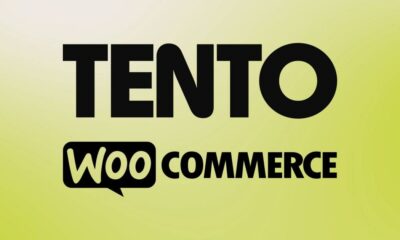InMobi is releasing Meson, a global independent SaaS mediation platform. Publishers can white label Meson, using it as an in-house solution. Mobile ad mediation helps to set-up, manage, and monitor different ad networks in one place.
Meson lets publishers own and manage their data as well as control each aspect of monetization, user experience and linkage to user acquisition. This gives them the ability to transparently review the end-to-end flow of advertising dollars and understand their true take rate.
InMobi says Meson differs from legacy mediation solutions because it solves challenges traditionally have not been able to address because of conflicting incentives. It offers an easy-to-use mediation platform to optimize ROI while reducing risk of first-party data leakage or working with players who have a conflict of interest.
Get the daily newsletter digital marketers rely on.
The company says that offering this as SaaS allows publishers to in-house their mediation without investing in tech talent and IT resources to create and maintain it.
“The solution makes it easier for app developers and publishers to understand what data valuation looks like and have a mediation partner that fully supports their vision,” Kunal Nagpal, senior vice president and general manager of Publisher Platform and Exchange at InMobi said in a release. “In addition, no other mediation stack offers the breadth of connections for publishers at every auction to maximize the value of their user base.”
Why we care. The past year has seen a number of consolidations which have put mobile ad mediation offerings and creation studios with their own ad inventory under the same roof. This has raised the issue of possible conflicts of interest. Anything that lets publishers be in charge of their own mediation can help alleviate that concern.
Read next: T-Mobile acquires Octopus Interactive rideshare adtech platform





















You must be logged in to post a comment Login